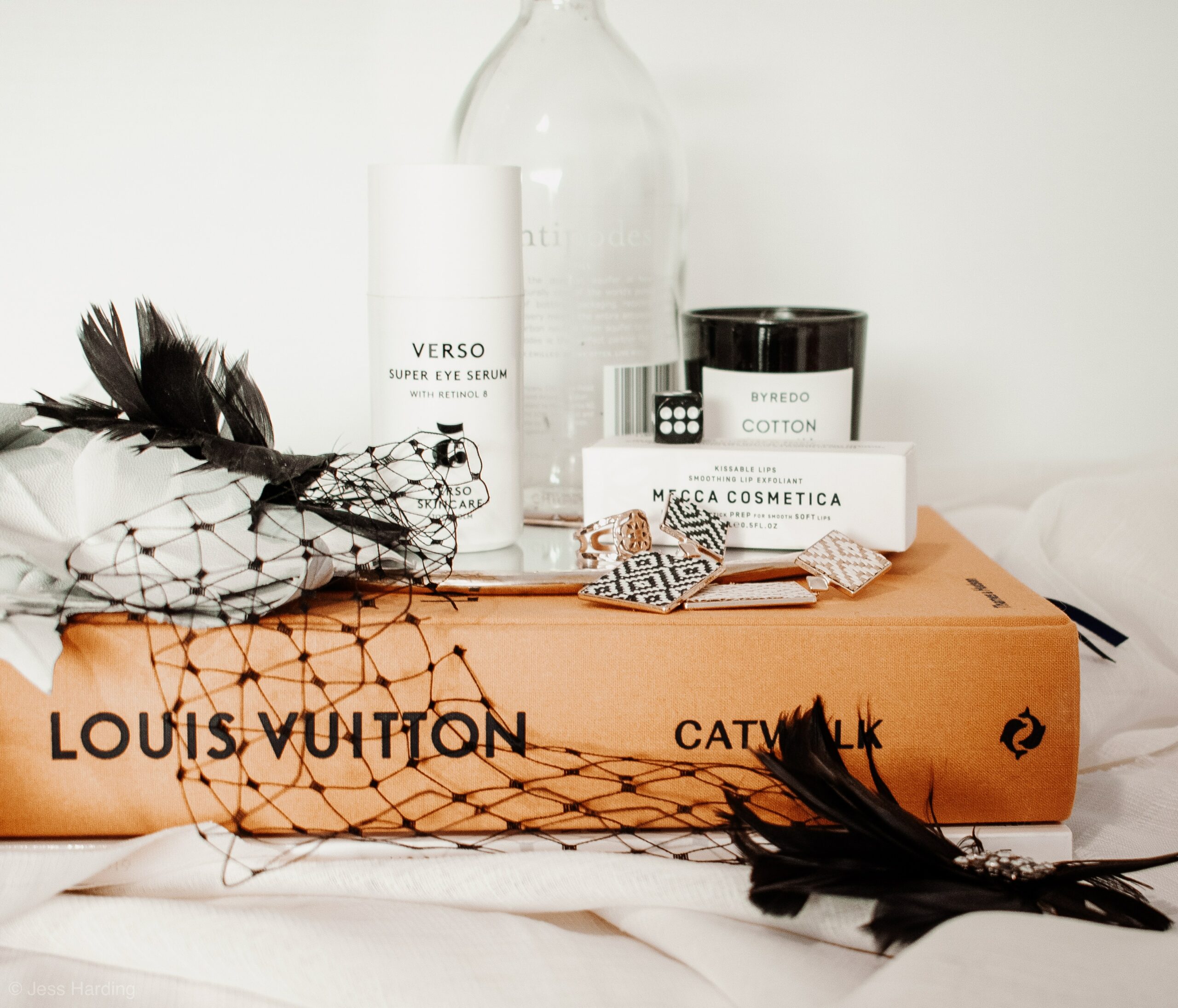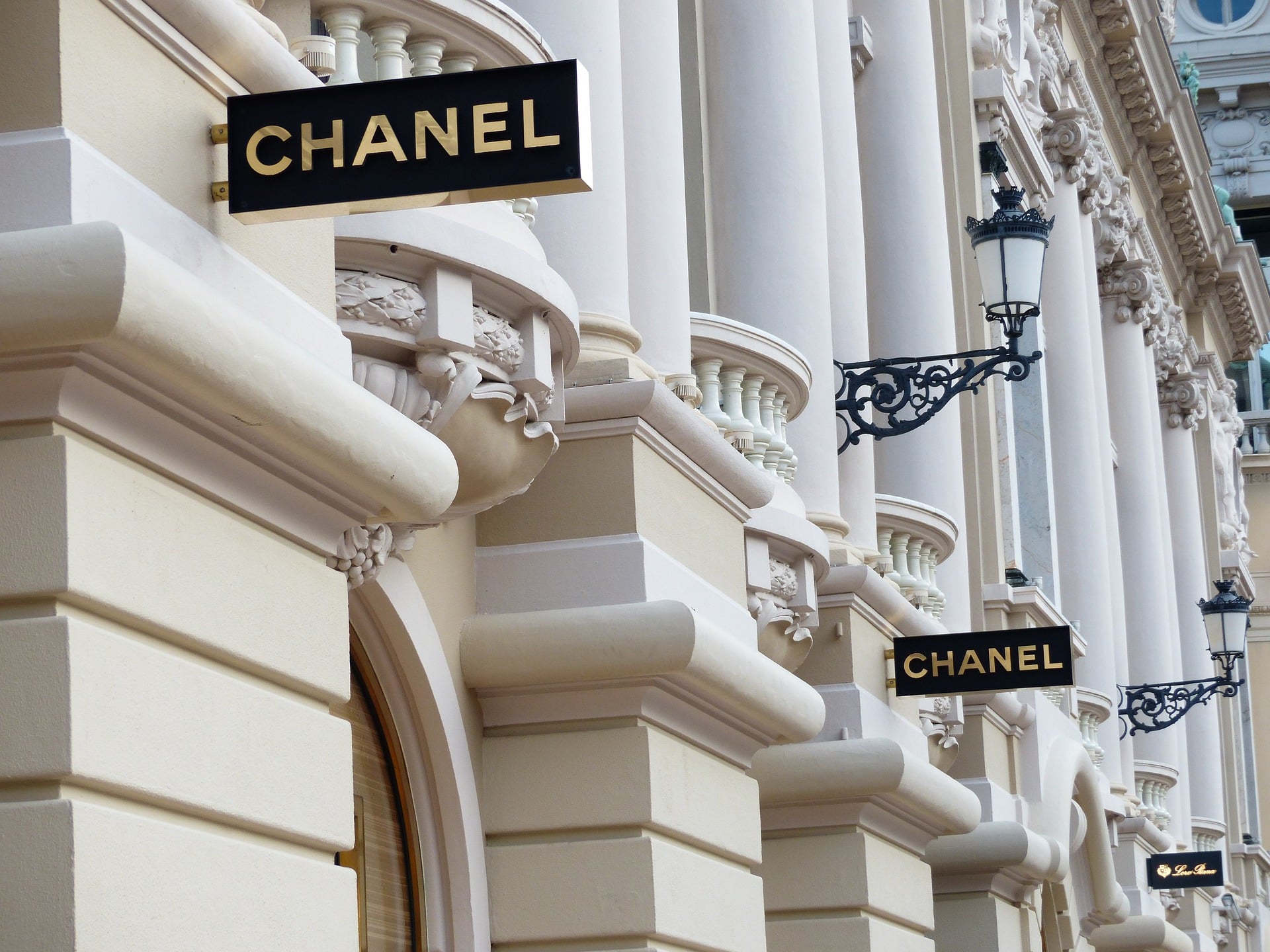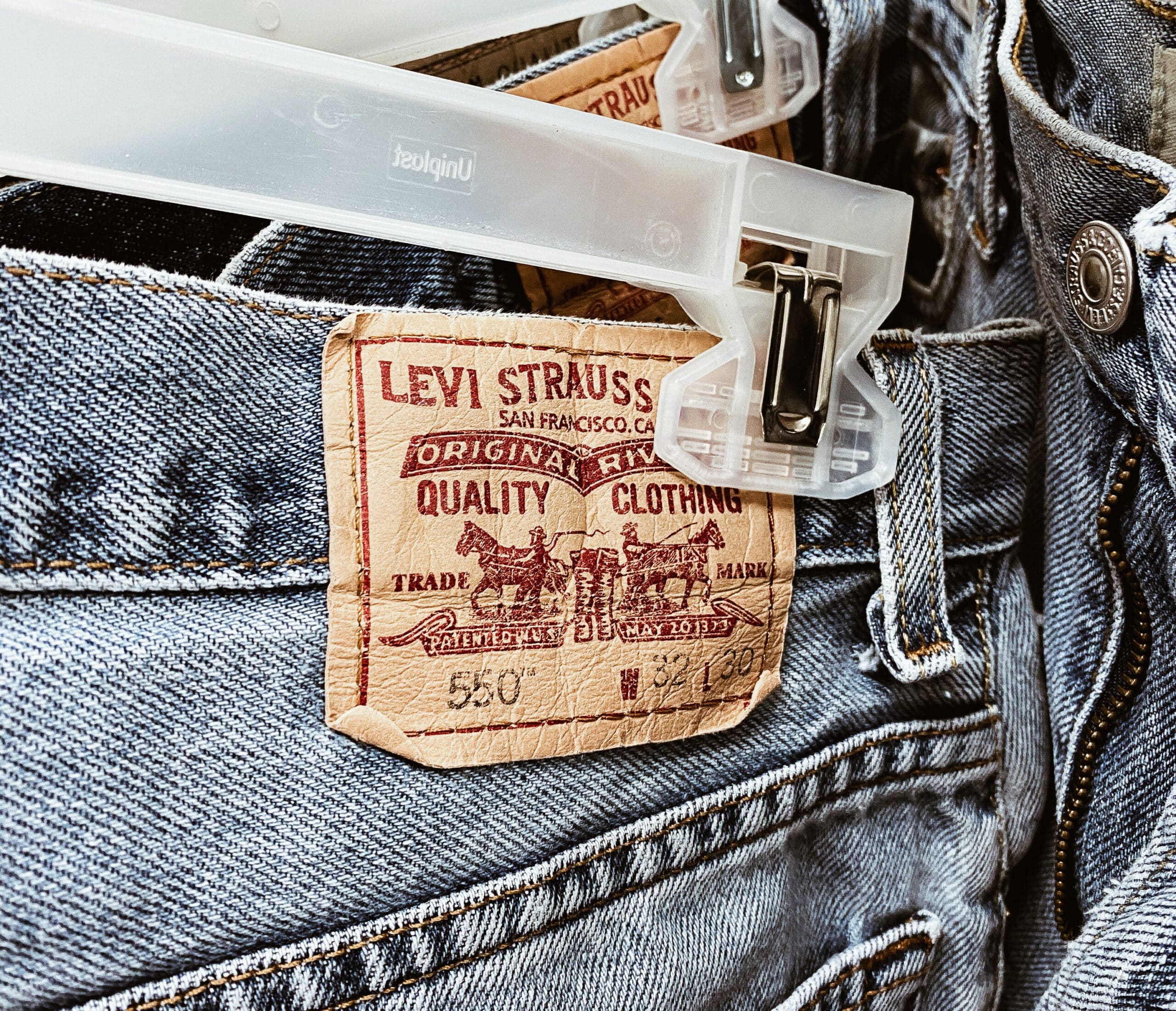Fashion Storytelling – How fashion brands catch us with their stories

It seems almost a match made in heaven: Fashion and brand storytelling. In the fashion industry in particular, it is especially helpful to trigger emotions in customers with creative stories. After all, many people buy clothes for more than just functional reasons. As in hardly any other sector, dream worlds play a big role here. But how exactly can storytelling be used strategically in the fashion industry? In this blog post, we highlight two particularly successful best practice companies and provide tips on how fashion storytelling can be used best.
Stories in the fashion industry
Generally, stories are used in the fashion industry to add character and depth to products and brands. This can be achieved through various means, such as:
- Telling the brand history and founding background stories
- Collection concepts and behind-the-scenes as inspiration (e.g. vision boards)
- Visual storytelling campaigns, especially in social media
- Cooperation and partnerships with artists, musicians or athletes
- Social media campaigns with influencers
So there are a multitude of ways in which storytelling can be used for fashion. Particularly in the high-priced segment, there are many role models that demonstrate skilful use. A prime example is the luxury brand Chanel.
Chanel – Luxury and Inspiration from Coco to Karl

What would Chanel be without Coco? Even people who are not involved in fashion are familiar with the dazzling founder Gabrielle Chanel, known as Coco. On the one hand, this is due to her extraordinary character. But on the other hand, it is due to the way the luxury company Chanel has repeatedly used her life story for its campaigns.
The aim of Chanel’s storytelling is to build a strong emotional connection with its customers and position its brand as the epitome of luxury, elegance and creativity. One campaign in particular that shows how well the label uses storytelling is called “Inside Chanel”.
In the various chapters, the heroic journeys of important people who shaped the brand are recounted. These include, above all, Gabrielle Chanel and the later chief designer Karl Lagerfeld. The hook for all these stories is the classic fairy tale sentence “Once upon a time…”. This is followed by animated illustrations in the black and white look typical of Chanel. The storylines each highlight an important chapter in the lives of the protagonists, which had an impact on the founding and further development of the brand. In relation to Coco Chanel, her childhood, her great love and her entrepreneurial vision are told to charge the brand with emotional value.
The campaign feels very creative through the use of the elaborate drawings and smooth transitions. The audience is captivated by the speed with which the drawings progress during the course of the story. The structure of the stories is also professionally designed and follows tried and tested narrative patterns reminiscent of core plots.
For example the story of how Coco Chanel went from orphanage kid to celebrated designer follows the core plot “From rags to riches”
.
The videos cleverly focus on the revolutionary and feminist aspects of Coco’s life, such as the fact that through her modern fashion she offered an alternative to the corsets of the Belle Époque style of the time. Less appealing chapters in her life, such as her collaboration with the National Socialists, on the other hand, are left out. In this way, she is staged as a freedom-loving thought leader of her time, and this image refreshes the brand’s inherently classic fashion of rather conservative tweed ensembles.
In summary, Chanel uses the company’s founding history and its connection to Gabrielle “Coco” Chanel to project an image of elegance and glamour. The French label also uses the longstanding tradition in the haute couture segment and the fashion house’s connections to art and culture to create a profound brand personality. This narrative has helped make Chanel one of the most recognisable and coveted luxury fashion brands in the world.
Levi’s – Living the American Dream

It is not only worthwhile for luxury brands to use brand storytelling for their communication. Even if these often seem particularly predestined due to higher marketing budgets and the connection of couture fashion to art, there is also great potential in storytelling for less high-priced fashion labels.
An example of a more down-to-earth brand with strong storytelling is Levi’s. The brand uses its long history and connection to the origins of “blue jeans” to tell the story of American heritage, worker pride and innovative designs. This is evident, for example, in the current campaign Levi’s has launched to celebrate the 150th anniversary of the famous 501 jeans in February 2022.
Even the pathetic title “The Greatest Story Ever Worn” underlines the storytelling approach. In order to manifest the significance of the trousers as an iconic item of clothing, different short stories are told in several video clips. What all the stories have in common is that the protagonists have a strong emotional connection to the 501 jeans. In a total of 13 videos, people share their experiences with the jeans, based on true events from all over the world.
The stories seem authentic because of the likeable appearance of the protagonists. A down-to-earth impression is conveyed, as if it were about the experiences of people “like you and me”. Even if, for example, the plot about a farmer from Georgia who trades his cow for a Levi’s 501 has nothing directly to do with our everyday lives, it may remind some viewers how happy they were to get their first pair of jeans and find the money for them. Unlike the “Inside Chanel” videos, these stories are not about important people or the founding history. Instead, the focus is on the product, the 501 jeans, which are emotionally charged by telling the personal hero’s journeys of fans of the brand.
Beyond the campaign, Levi’s also regularly publishes stories about their commitment to sustainability and their partnerships with non-profit organizations. Overall, their storytelling has helped Levi’s build strong brand loyalty and a broad customer base.
Tips for fashion storytelling
In summary, we learn the following tips for fashion storytelling from these examples
- Most important: storytelling must fit the general communication of the brand (tone of voice, stylistic devices, appropriate plot).
- Following on from this, it is important that the protagonists offer the audience potential for identification and that the plot is comprehensible. This is how authenticity can be achieved.
- It is particularly important in fashion that the stories provide inspiration and invite customers to dream in fabulous worlds.
- Luxury labels score with a certain aloofness, perfection and finely tuned fashion aesthetics
- Casual fashion brands, on the other hand, convince with authentic and cool stories around exciting personalities who love the brand and thus breathe life into the clothes
- Inspiring stories from founders are good if they reflect an exciting hero’s journey.
The telling of stirring stories is a creative skill in itself and also has a close link to other arts. Luisa has shed light on how exactly it is used in songs in her article on Storytelling in music.
Share this article








